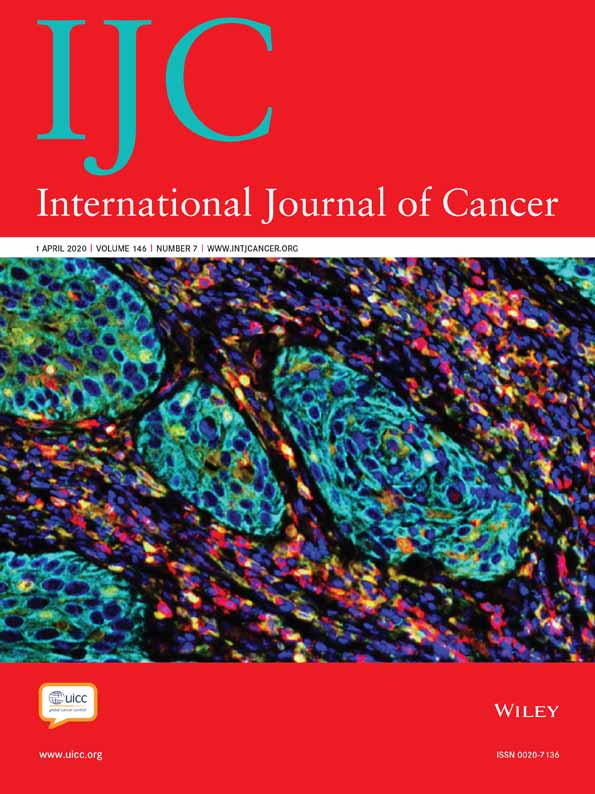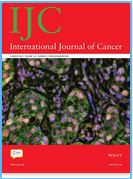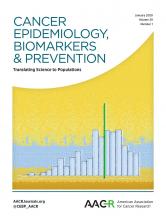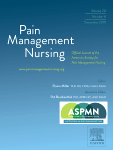Serum levels of hsa‐miR‐16‐5p, ‐29a‐3p, ‐150‐5p, ‐155‐5p and ‐223‐3p and subsequent risk of chronic lymphocytic leukemia in the EPIC study
Chronic lymphocytic leukemia (CLL) is an incurable disease accounting for almost one‐third of leukemias in the Western world. Aberrant expression of microRNAs (miRNAs) is a well‐established characteristic of CLL, and the robust nature of miRNAs makes them eminently suitable liquid biopsy biomarkers. Using a nested case‐control study within the European Prospective Investigation into Cancer and…










